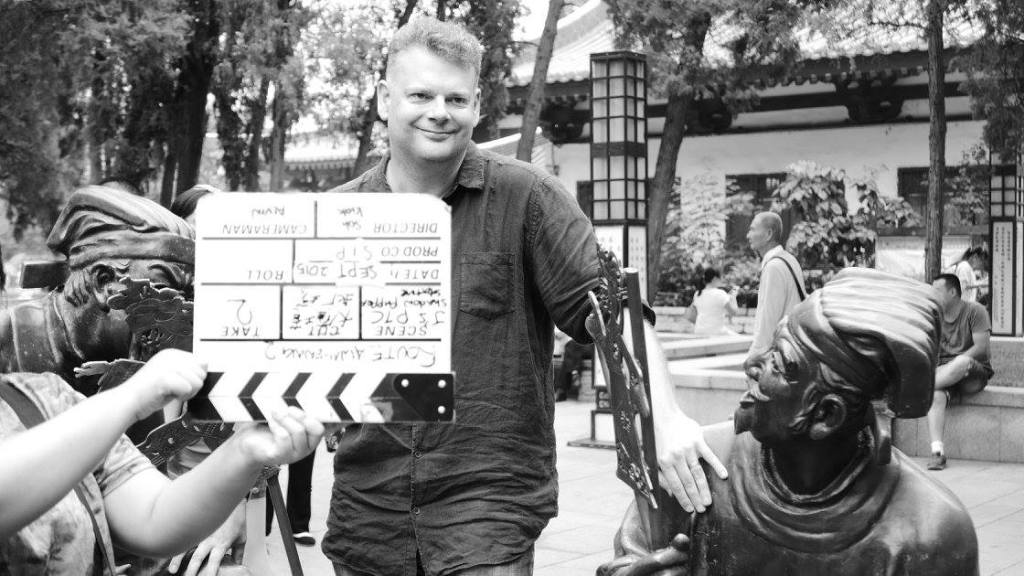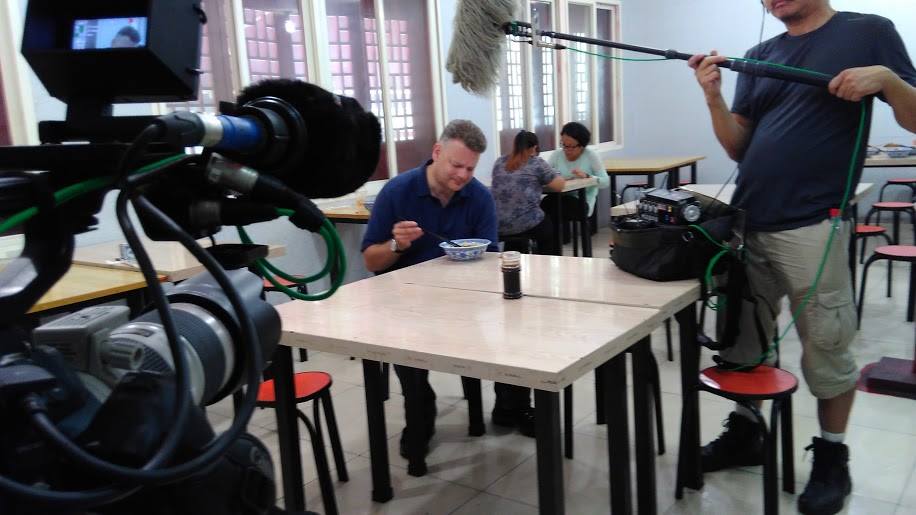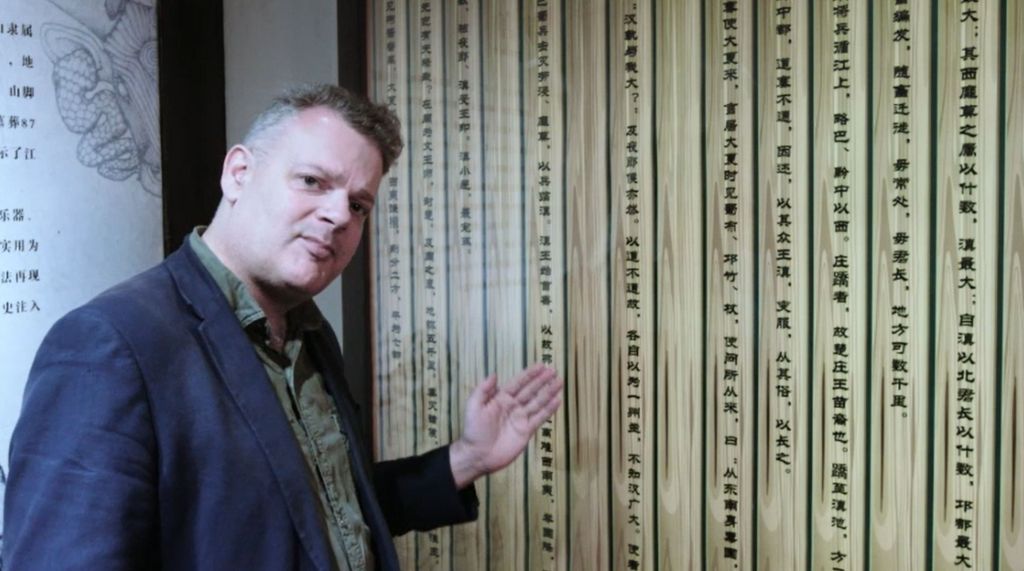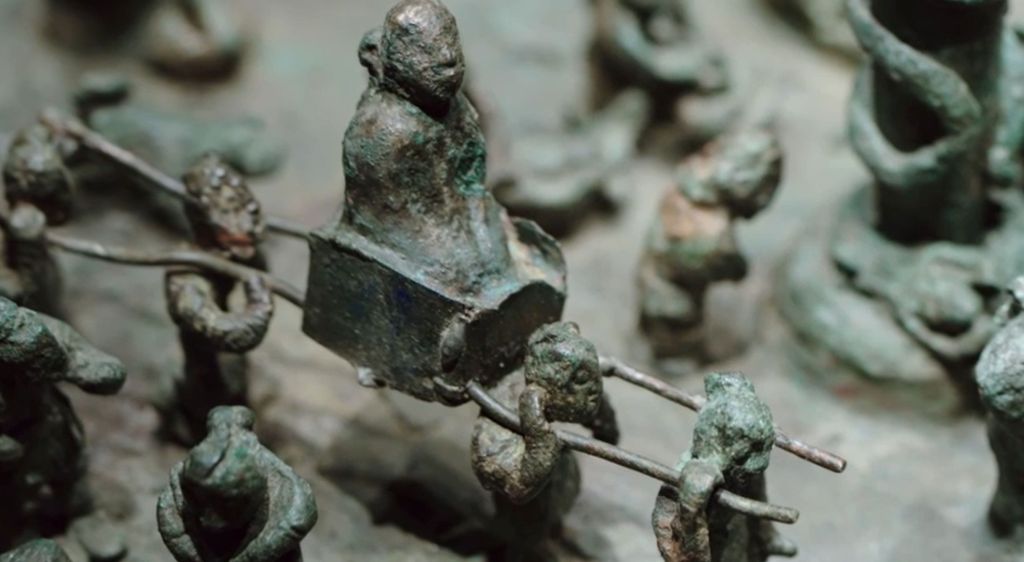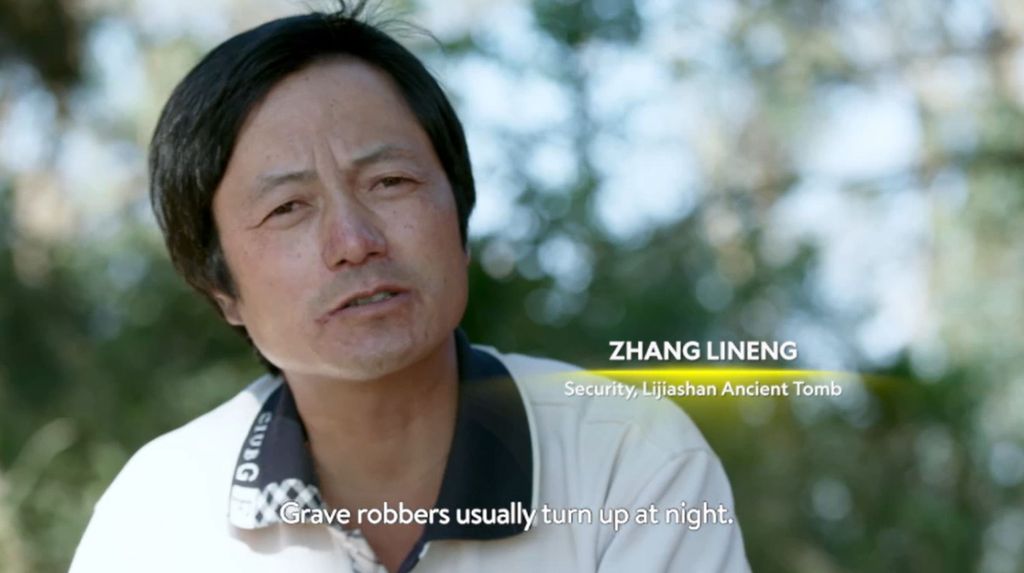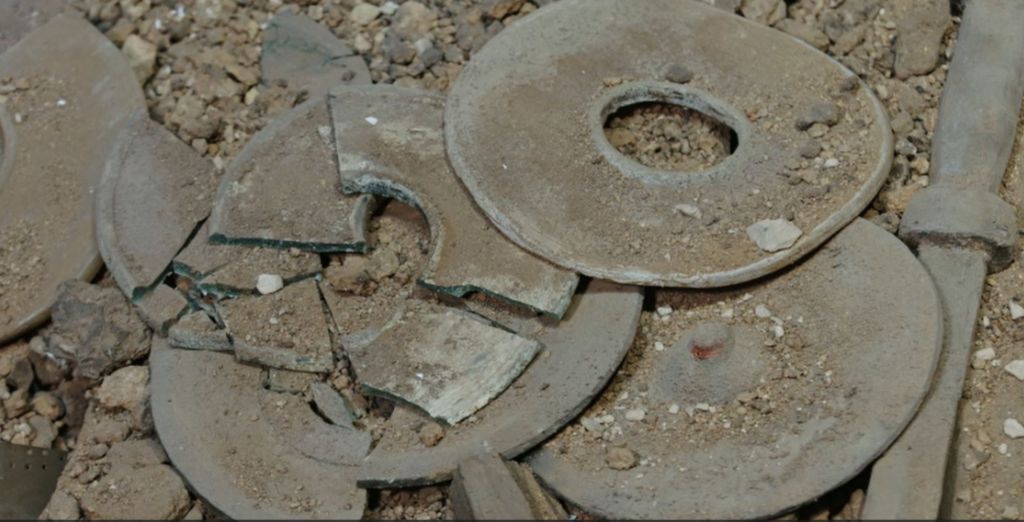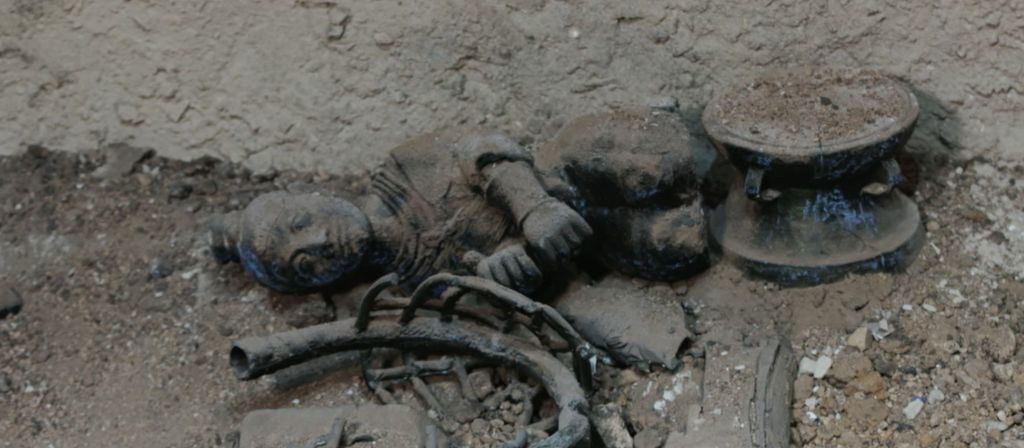
An 0545 start, up for breakfast and in the van for the two-hour drive to Weinan, the home town of Xi Jinping’s dad. For this reason, this city in the middle of nowhere has an incredibly swish hotel, in which every room looks like a suite. I have another robot bathroom with automatic, motion-sensitive lights, and two complimentary condoms, courtesy of the Weinan Health & Safety Initiative. What on earth do they imagine goes on this hotel? Not a lot tonight, because the film crew will be the only people staying.
Our merry band of nine (the crew and two drivers) has now swelled to eleven, since the guy from the Buick dealership (our sponsors) has decided to bring his parents along. Christ knows what he must have said to them when he got home yesterday, but presumably they were very excited to sample the glamour. It’s a ridiculously unprofessional thing to do, and makes us look like a convoy of muppets.

They are underfoot all morning, soon as bored as only a spare wheel on a film location can be, and largely have to be left at a remote farmhouse while the rest of us shuttle backwards and forwards on a mountain road through fields of corn.
The morning is dedicated to getting shots of me driving the Buick up hairpin turns on mountain roads – a disastrous prospect remedied by getting the driver to do all the hard work, and me to do all the bits that are straight lines and close-ups. We are in the foothills of the Qinling mountains, in sight of Huashan, with the peaks in the misty distance, and endless fields of ripening corn. It’s going to look great, although we still manage to attract eleven dicks on mopeds who stand around pointing at us and asking what we are doing.
Mickey the Mic is the sound man, so spends all day with eight kilos of recording equipment strapped to his front like a cybernetic beer-gut. You can tell which one he is, because his regulation-issue floppy sunhat has holes cut in the brim for his headphones. He is Singaporean, with the odd lilt that makes him sound Indian lah, and has the Singaporean habit of injecting the Chinese particle denoting a change in circumstance into the end of any sentence where it would be relevant. I have started to pick up the pidgin English of the crew, and was heard at one point today saying: “Soon be dark lah.”

Mickey is also the drone man, which means that he swaps his sound rig for a complex remote-control tray, with which he joysticks our robot team member Yuneec Q500 Typhoon, a squat, sleek metal dragonfly with four rotors and a gimbal-mounted camera with a 16-gigabyte memory card. Unfortunately, its batteries only last for ten minutes at a time, which means the crew need to be absolutely, totally sure where everybody is, and that the shot is ready, before they send the Typhoon into the air. It can hover with almost perfect stillness if the wind is low, and even has a nifty function called Follow Me, whereby it will zip along at a pre-set distance from whoever is holding a thumb-operated remote-control beacon.
This is how we pay the bills. Buick are fronting the cost for the entire series, as long as their vehicles get 30 seconds of screen time in each episode, which apparently still works out cheaper for them than making an actual TV commercial. We’ve given their car advert-level exposure as it roars up the mountain road and skids around corners, occasionally with me at the wheel, occasionally with my stunt double while I duck in the back seat with a walkie-talkie, yelling instructions in Chinese.

We are up in the hills to see Master Wei Jinquan, who performs Huaxian Shadow Plays. I am dreading it, but he turns out to be very chatty and a perfect interviewee, ready to rattle on without pause for five minutes after the most minimal of prompting. He is the nth generation of his family to make, paint and perform shadow puppetry and lives in a village that was once home to dozens of performers. Today, it is a cluster of huts populated almost solely by the elderly and their grandchildren – the adult generation having migrated to the city to work.
We talk for an hour on his roof terrace in the sun, and then he leads me down to his workshop, where he attempts to teach me how to cut the translucent cowhide that makes the puppets. The hide has the look and consistency of an A4 sheet of human fingernail, and he tuts and fusses over me while I hold the knife wrong, put it at the wrong angle, and fail to move the leather (you move the leather, not the knife) on the wooden palette. The crew are all snickering as he calls me a moron, and I protest to the camera that every time he instructs me, he adds an “and one more thing…” that I could have done with knowing before I start. I am also mic’ed up and able to mutter asides regarding my fear that he is going to stab me with his awl if I get it wrong again. It should be quite funny, and only two days in, we are already establishing a general tone of arch sarcasm that I think I can probably keep up.

At one point, the crew are repositioning the camera to zoom in on my hands at work, so I attempt to explain to him what’s going to happen.
“Now I’m going to do it wrong again,” I warn him.
“Well, you don’t seem capable of doing it any other way,” he mutters.
For me, the great relief is that I am able to function fully in Mandarin all day without holding up a professional film crew, although I am probably operating right at my ceiling of competence. It doesn’t help that I keep forgetting the word for shadow puppet, which is pi’ying. The clock sneaks towards six, and I realise that we are done for the day, suffusing me with a great sense of relief and tiredness, and what appears to be ten or fifteen minutes of material for the final edit – a good haul for a day in which we banked maybe three hours of footage.

Then it turns out that there has been a miscommunication. He hasn’t realised that we are staying the night in Weinan, and thought we would be filming a performance at a Xi’an theatre tomorrow. No, says the director, we will film you here tomorrow. But if she wants it traditional, it has to be at night, and by tomorrow night we will be on our way to the airport. Reluctantly, she decides to stay and shoot a performance in the village, which means waiting until after dark while Master Wei’s teammates set up the travelling theatre in the car park in front of his house.
The local villagers come out to gawp, and a gaggle of little girls sit in a line on a log for a while, looking cute until one of them initiates a farting competition. Others lurch and stamp around the car park, trying to catch crickets in their hands. Alvin the cameraman sets up the back-up camera to shoot in time-lapse, as four old men lash together a rickety series of trestles to create a giant punch-and-judy shed, faced by a white cloth the size of a very large widescreen television. They all clamber inside, with screechy Chinese instruments and gongs, with Master Wei sitting at the centre, his puppets at the ready. They then start clattering out a wailing Chinese song, and the shadows start moving, with the story of Pigsy Eats Some Watermelons, and some martial arts thing about two generals and a comedy horse fighting each other until someone dies.
Alvin clambers into the staging area to film among the team as they perform, and so we get the same play from two different angles. Reaction shots, however, are all going to be mine, because the crowd seems indifferent. The little girls are soon ignoring the play and instead crowding around each other to take selfies of themselves not-watching the play. A boy on roller skates trips over the power cable, and a small sausage dog starts eating someone’s discarded snotrag. Master Wei finishes to no applause, which seems to be how these things are done, and the crowd melts away back to their shacks.
Jonathan Clements is the author of A Brief History of China. These events featured in Route Awakening S02E05 (2016).

